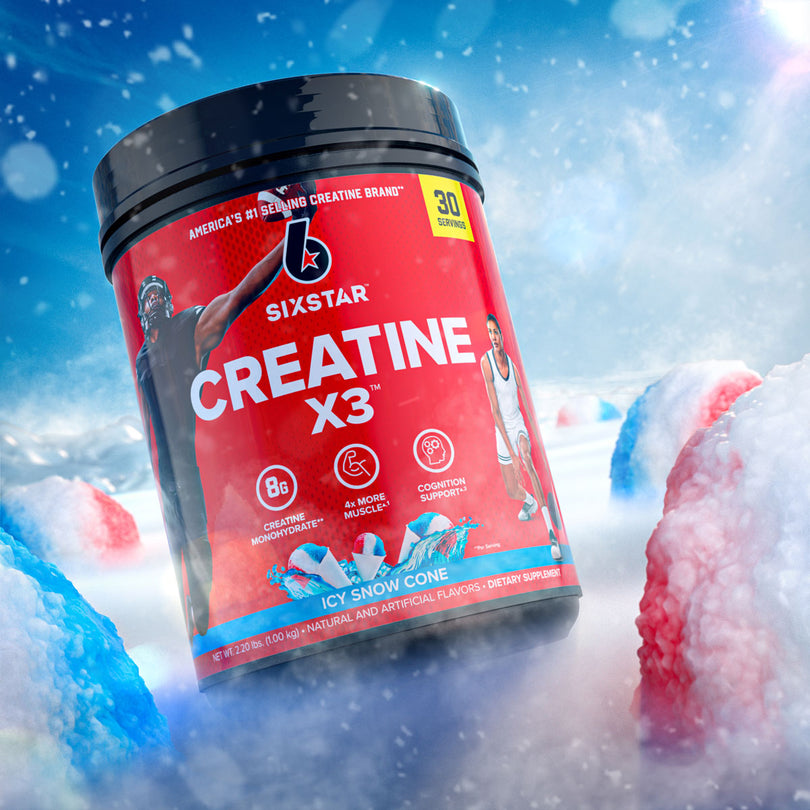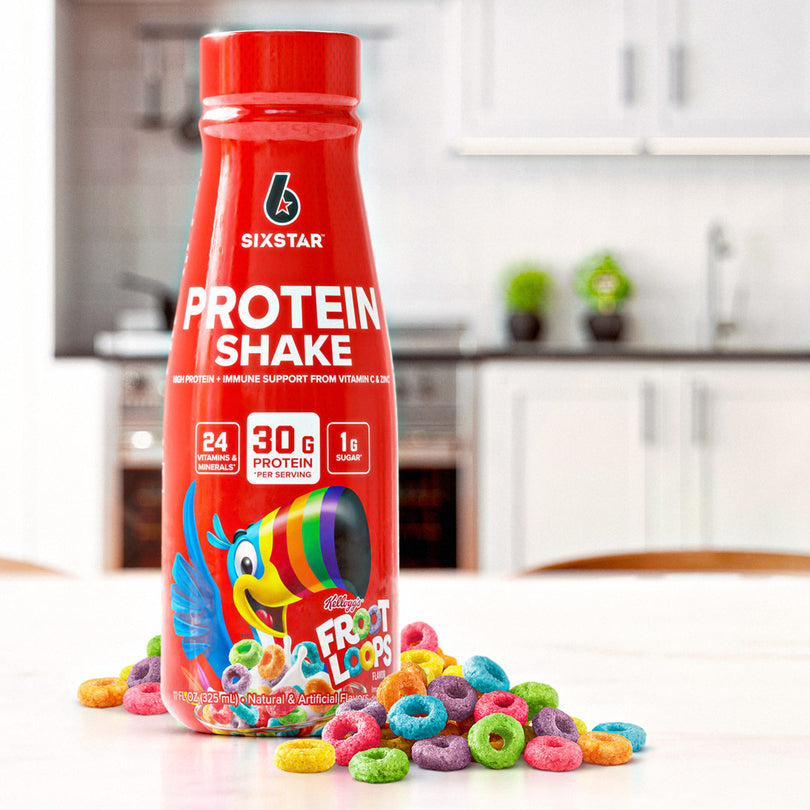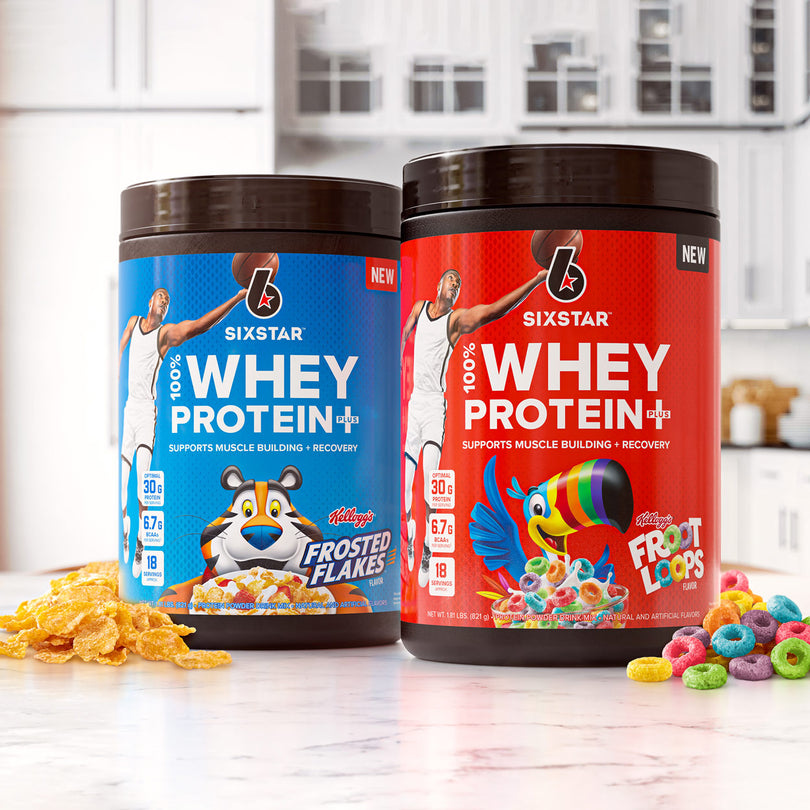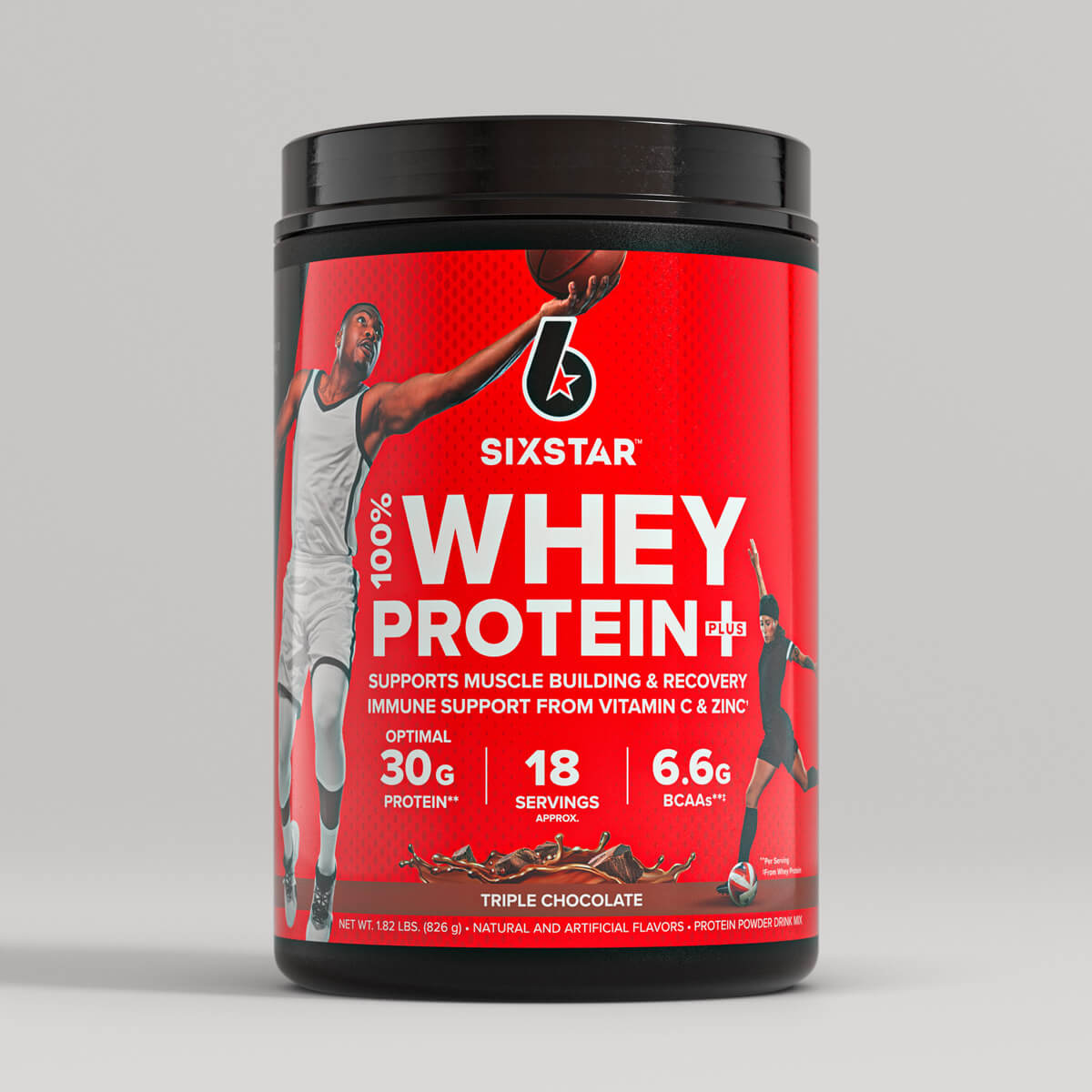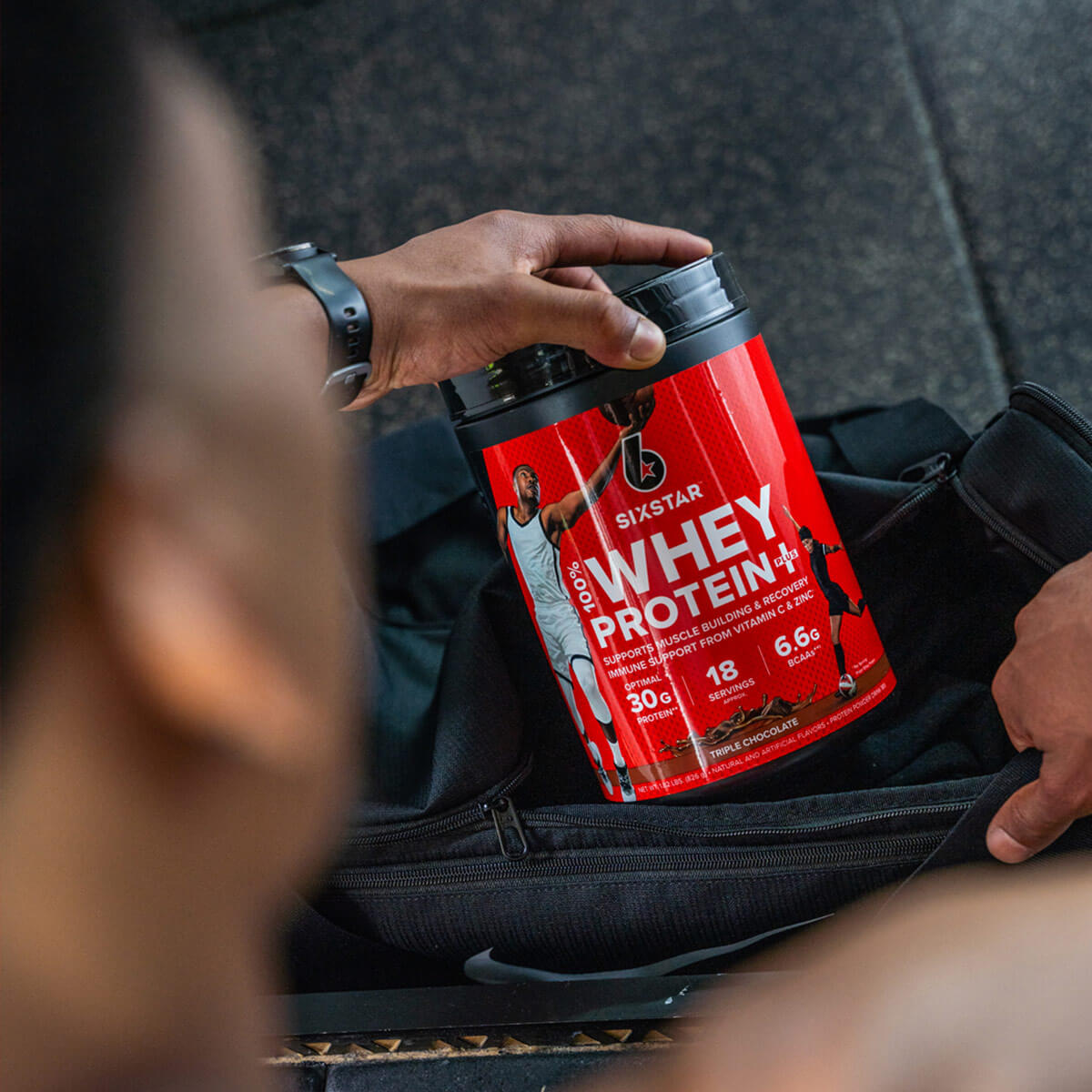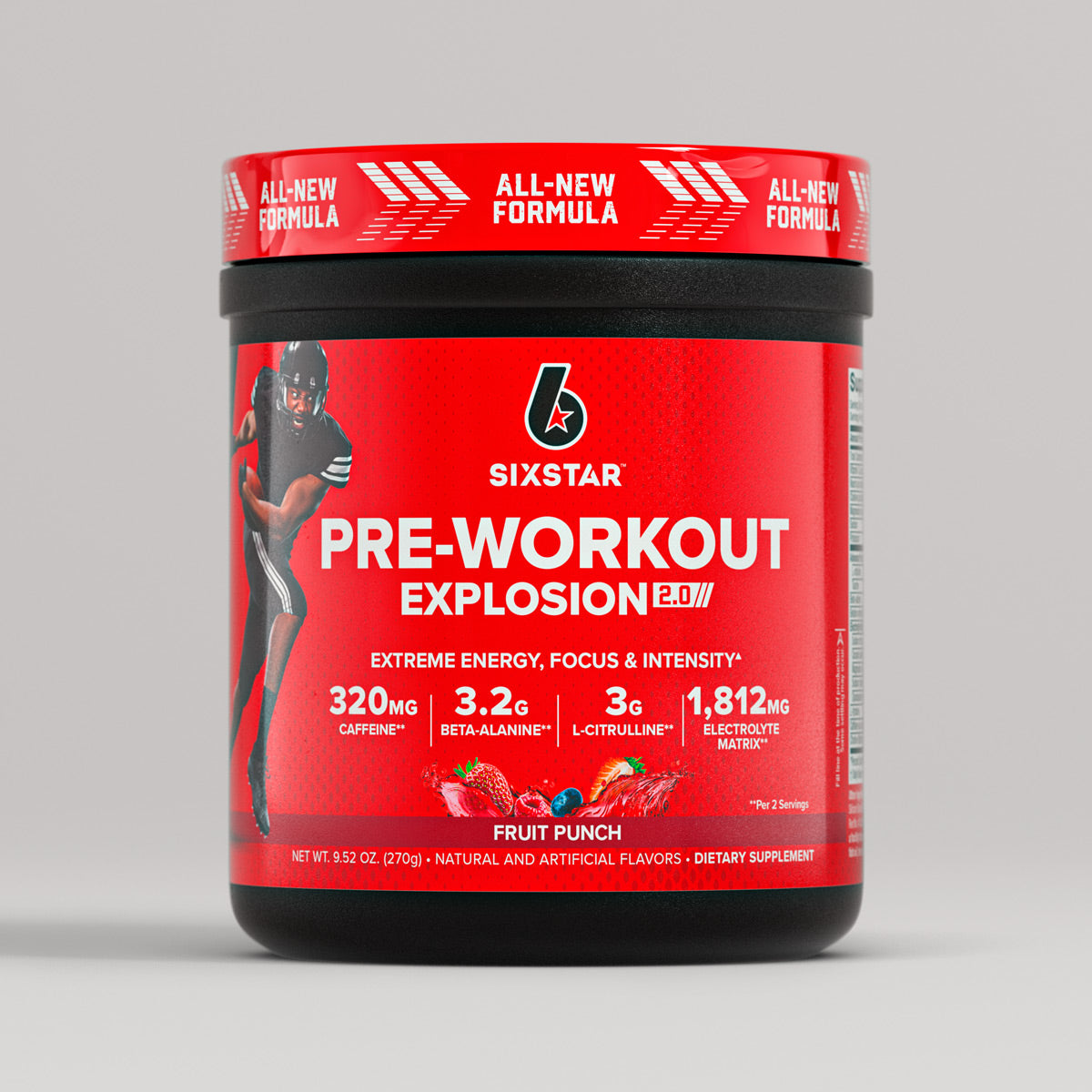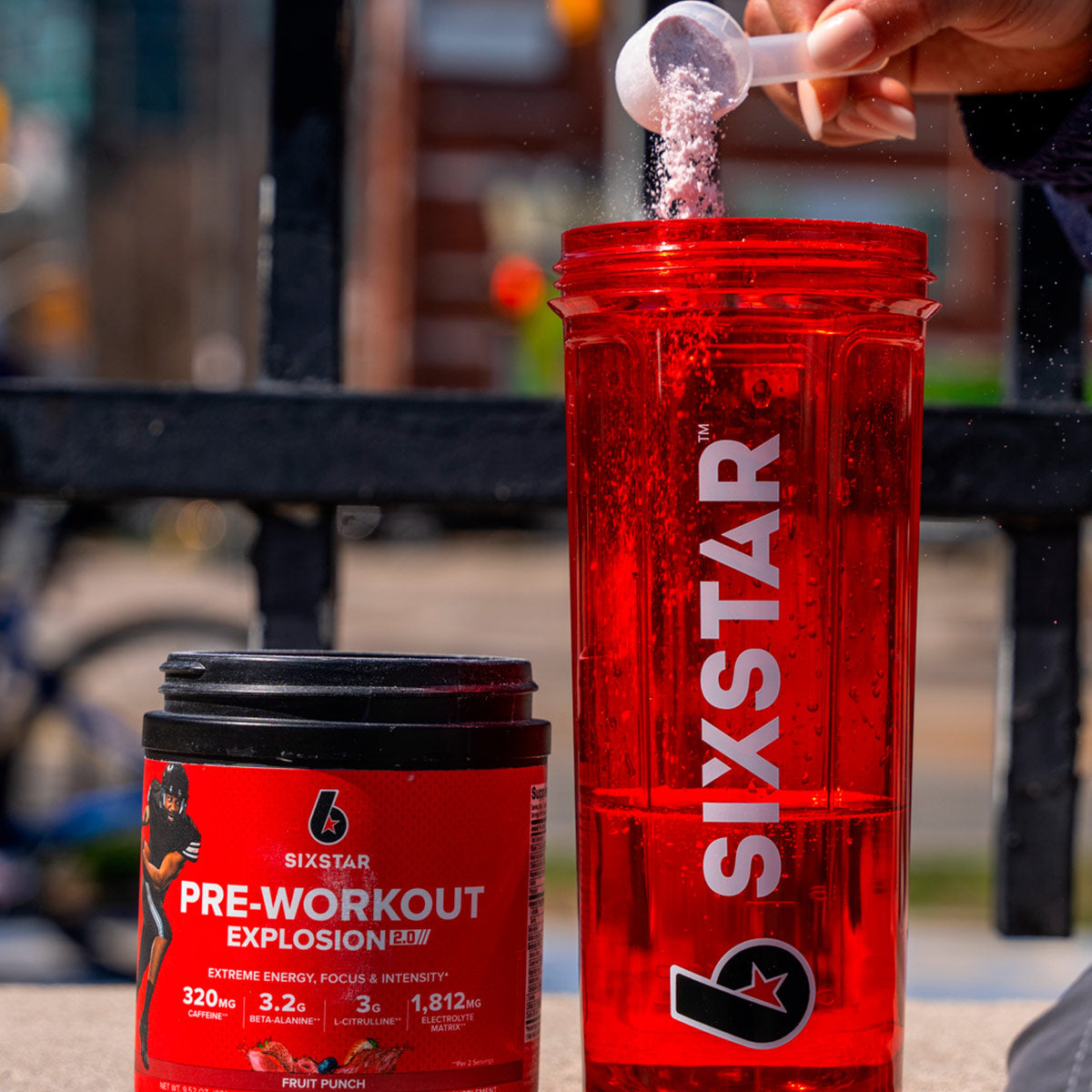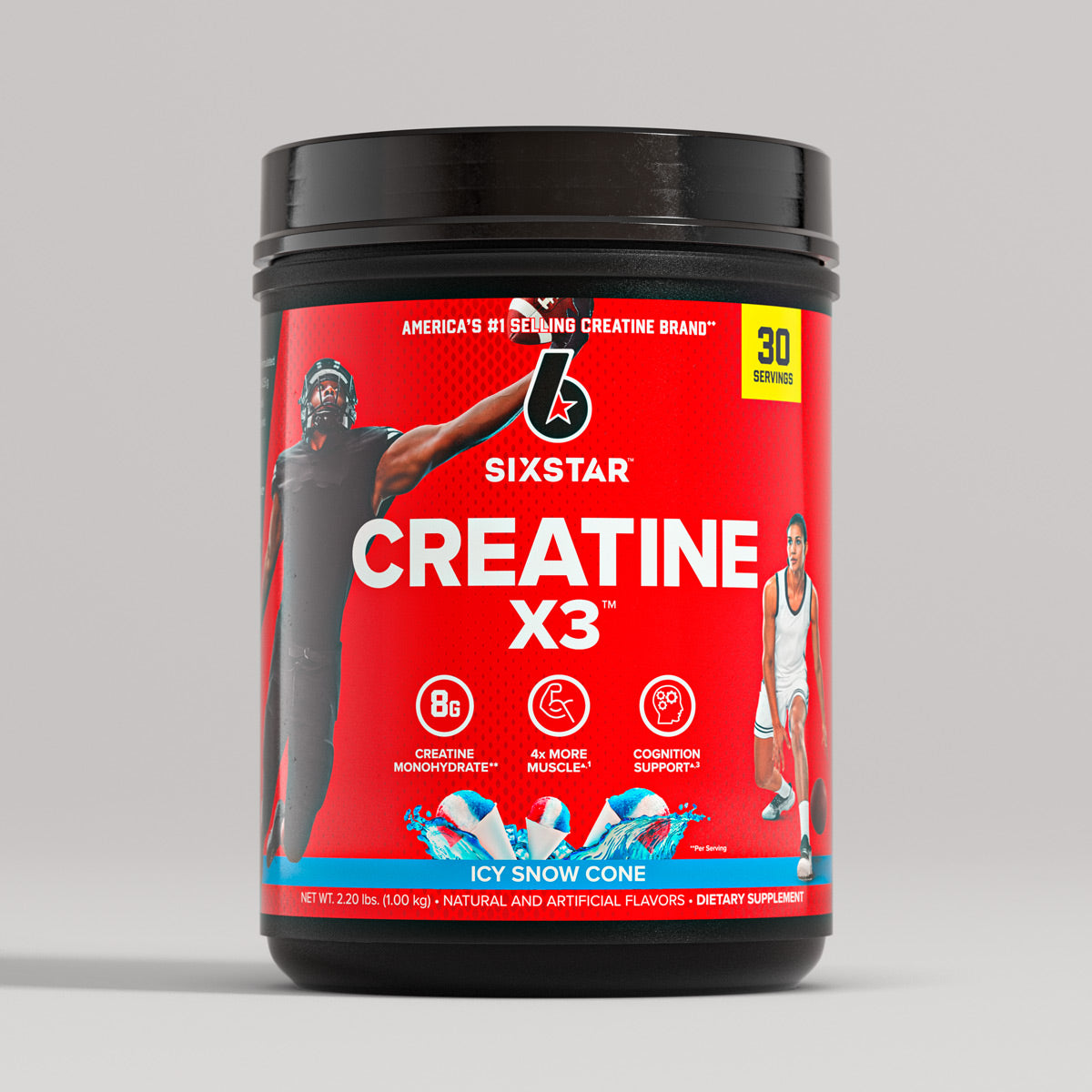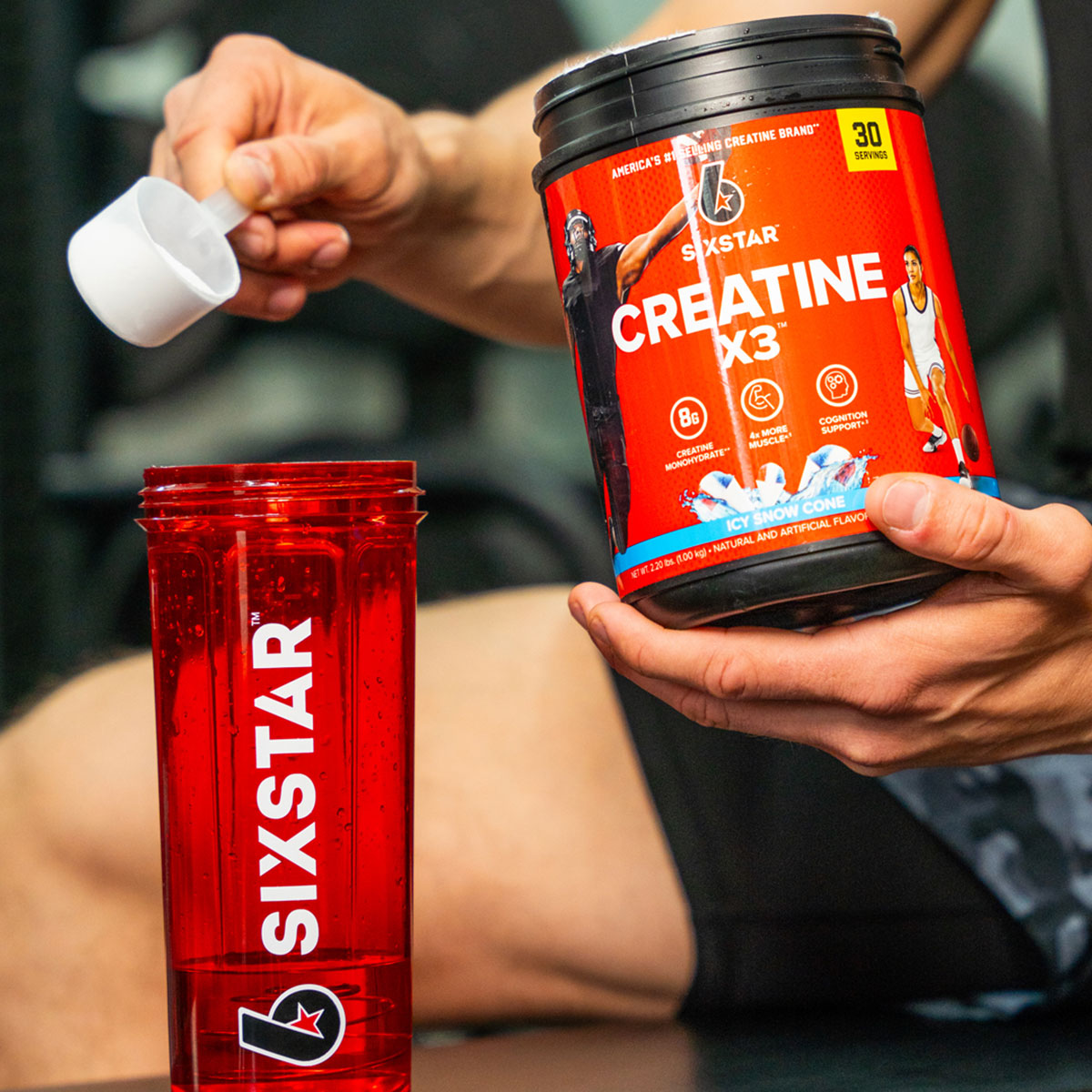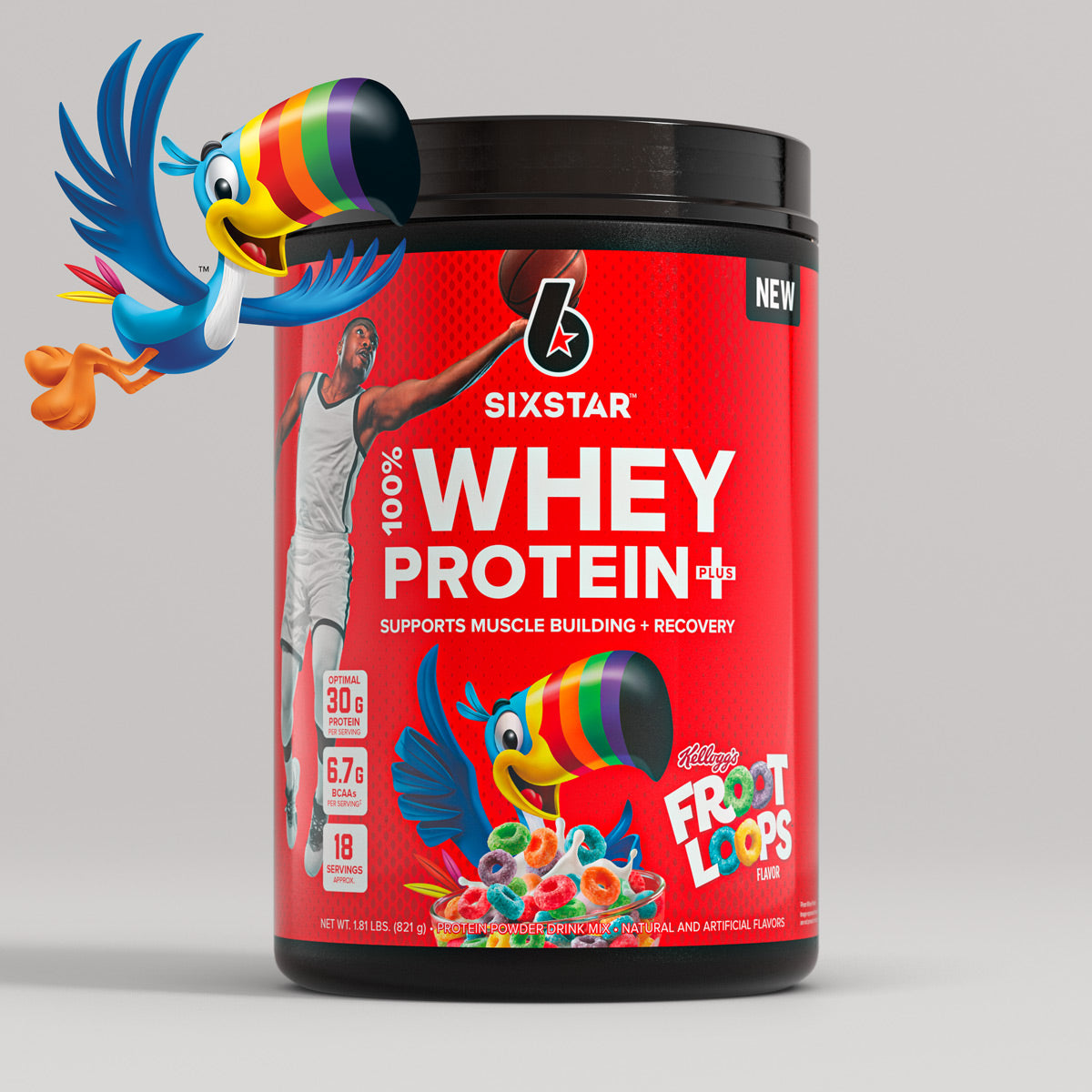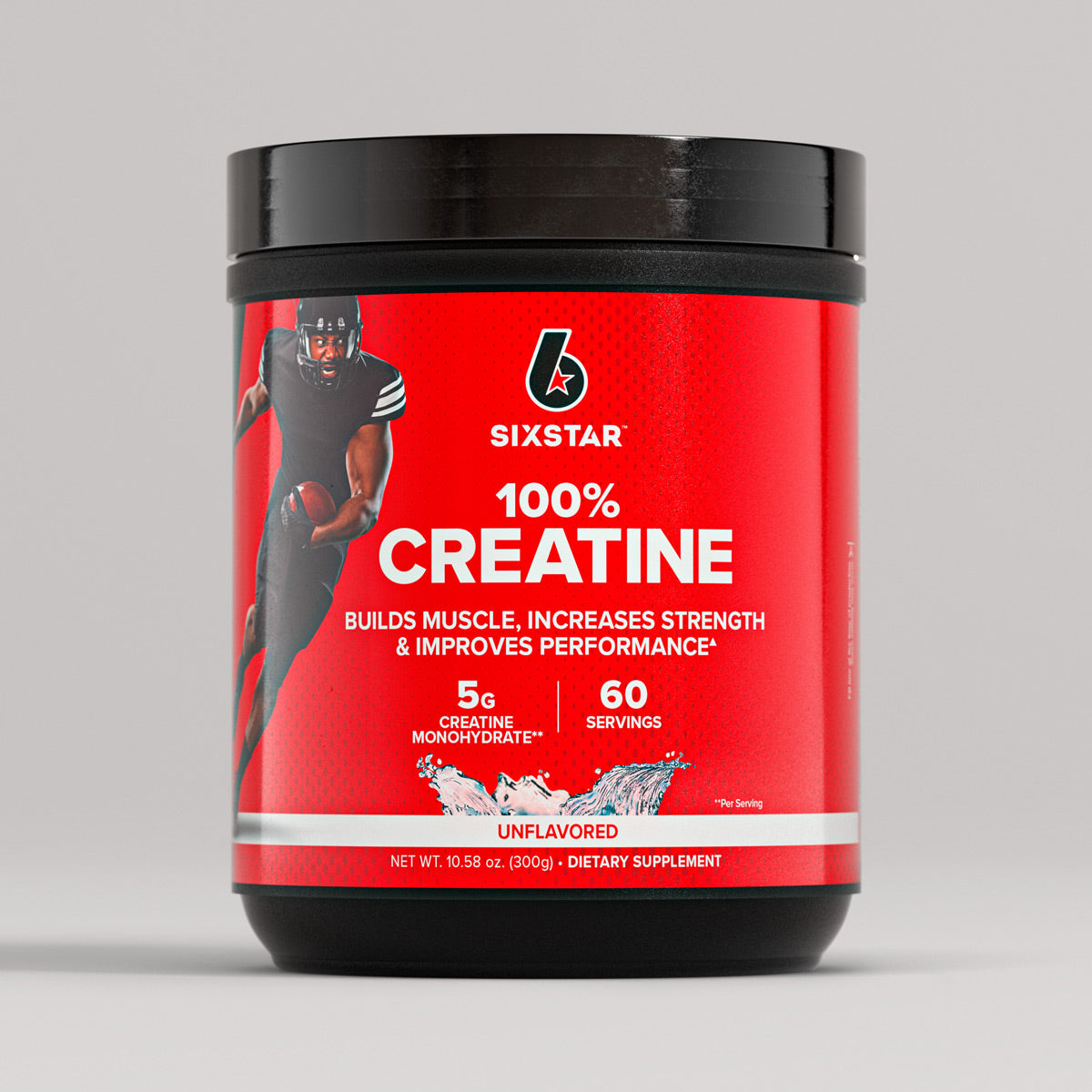If you have recently started your fitness journey, then you might have come across a popular supplement that has gained widespread recognition among athletes and fitness enthusiasts called Creatine.
Creatine is a substance found naturally in muscle cells and is often taken as a supplement to improve athletic performance and promote muscle growth.
At its core, creatine is made up of three amino acids: arginine, glycine, and methionine. This trio forms the foundation of the supplement that plays a key role in providing you with energy for muscle contractions during high-intensity workouts.
For athletes, creatine is a standout choice due to its ability to rapidly replenish the body's energy stores, allowing for increased strength, power, and endurance. It's like a turbo boost for your muscles, making it a go-to option if you're looking to maximize your performance in the gym or on the field.
Creatine on Sale [Free Shipping]
If you are on the journey of using creatine, then let's talk arm with you as much knowledge as possible so you can feel confident adding it to your routine.
Consuming creatine isn't just about throwing it in your drink; there's a bit more to it. First things first, figuring out the right amount matters. Too much or too little won't cut it. Then, there's the timing – when should you take it for the best results?
Also Read: When is the Best Time to Take Creatine for Athletes?
It's like figuring out a complex workout routine with repeated sets and reps. So, to make it easy for you, here's a blog in which you are going to explore how much creatine is the sweet spot for your goals and when exactly you should be taking it to make the most of its benefits.
Which Creatine is Right For You?
When it comes to choosing the right form of creatine for you, the options are varied, but one stands out as a tried-and-true supplement: creatine monohydrate. This classic variant, composed of three amino acids—arginine, glycine, and methionine—is not only widely researched but also favored for its reliability and cost-effectiveness.
Athletes across the spectrum, from weightlifters to sprinters, often find creatine monohydrate to be a go-to supplement for enhancing strength, power, and athletic performance. Its proven track record in scientific studies makes it a good choice, showcasing consistent benefits without breaking the bank.
Also Read: Is Creatine Good for Runners?
There are alternative forms like creatine hydrochloride, creatine ethyl ester, and buffered creatine however creatine monohydrate remains the cornerstone in the world of sports nutrition, helping athletes like you who are seeking a well-established and effective solution to up their game.
What is Creatine Loading? Is It Necessary?
You will likely hear about something called the loading phase when researching creatine usage: Is it necessary? To break it down for you: Creatine loading involves a short-term boost in creatine intake, around 20 grams per day for 5–7 days, with the goal of rapidly saturating muscle stores.
Now, is it a must-do for you?
The answer depends on your preferences and timeline. Some athletes go for the loading phase to quickly experience the benefits – think of it as a turbo boost for your muscles. This method works to speed up the replenishment of creatine stores, improving your ability to tackle high-intensity, short-duration activities.
But yes, it's not mandatory. Skipping the loading phase and going straight into a lower maintenance dose which is around 3–5 grams per day is also a way. It might take a bit longer to reach peak muscle creatine levels, but it's a steady approach.
Also Read: Creatine Before or After a Workout - What is Better?
Scientific studies, like those in the "Journal of Applied Physiology'' (Hultman et al., 1996), show that both methods effectively increase intramuscular creatine. So, the choice between loading and non-loading depends on your preference for a quick surge or a more gradual climb to peak performance.
Benefits of Creatine Loading
Creatine loading comes with many benefits, making it a popular strategy among athletes. Here's a few of them:
-
Rapid Saturation
The main advantage of creatine loading is the swift saturation of muscle creatine stores. If you consume a higher dose of around 20 grams per day for a short duration of 5–7 days, you quickly increase your intramuscular creatine levels.
-
Quick Energy Boost
Loaded muscles can produce energy more rapidly during short bursts of intense activity. This is highly beneficial for you if you are into activities like weightlifting and sprinting, where immediate energy availability is crucial.
-
Enhanced Performance
As mentioned before, Studies, including research in the "Journal of Applied Physiology" (Hultman et al., 1996), suggest that creatine loading contributes to improved strength, power, and athletic performance. Athletes often experience quicker and more noticeable results during this phase.
-
Efficient Creatine Utilization
The loading phase’s purpose is to efficiently utilize creatine, ensuring that your muscle stores are replenished rapidly. This can be especially advantageous for those seeking a noticeable impact in a shorter time frame.
Also Read: What Foods Contain Creatine?
-
Establishing a Foundation
Creatine loading serves as a foundation for maintaining increased creatine levels during the subsequent maintenance phase. It kickstarts the process, allowing you to then sustain your gains with a lower daily dose of around 3–5 grams.
How To Load Creatine?
As mentioned above, Creatine loading is important because it accelerates the saturation of creatine stores in skeletal muscles. This rapid increase in intramuscular creatine levels, achieved through a short-term increased intake of creatine of around 20 grams per day for 5–7 days, plays a key role in improving your body's capacity for short-duration, high-intensity activities.
By swiftly replenishing creatine phosphate levels, the loading phase contributes to an expedited energy production process during activities such as weightlifting or sprinting.
Scientific studies, including research in the "Journal of Applied Physiology" (Hultman et al., 1996), support the efficacy of creatine loading in optimizing performance outcomes.
Also Read: Can I Mix Creatine With Pre Workout?
If you are an athlete who wants to maximize your strength, power, and athletic performance, the creatine loading phase can be a strategic approach to efficiently prime the muscles for intense physical exertion. Coming to the main question, here are a few tips to keep in mind while loading creatine:
-
Start with a Loading Phase
Begin by taking around 20 grams of creatine per day, divided into smaller doses, for 5–7 days. This higher intake will rapidly increase the creatine stores in your muscles.
-
Divide the Doses
Split the total daily intake into 4–5 smaller doses throughout the day. This helps improve absorption and utilization by your muscles.
-
Mix with Water or Juice
Creatine is easily soluble in water or juice. Mix each dose with a sufficient amount of liquid for proper absorption.
-
Combine with a Meal or Snack
Taking creatine with a meal or snack, especially one that includes carbohydrates, can further improve its absorption.
-
Stay Hydrated
Make sure you are well-hydrated during the loading phase. Adequate hydration supports the effectiveness of creatine and helps prevent potential side effects like cramping.
-
Transition to Maintenance Phase
After the loading phase, shift to a maintenance dose of 3–5 grams per day to sustain increased creatine levels in your muscles.
What is the Ideal Intake of Creatine For Athletes?
The recommended dosage of creatine involves two phases: a loading phase and a maintenance phase. During the loading phase, athletes commonly take around 20 grams of creatine per day, divided into smaller doses, for 5–7 days. This initial phase works to saturate muscle stores rapidly.
Following the loading phase, a maintenance dose of 3–5 grams per day is suggested to sustain increased creatine levels in the muscles over time.
Also Read: How Much Water Should You Drink With Creatine?
End Note
As you go on your journey with creatine, remember that the key lies in making a well-informed decision that aligns with your unique needs. While creatine loading can provide a rapid boost, it's essential to consider your preferences, tolerance, and long-term goals.
You should know that recent studies emphasize the importance of consistency in creatine supplementation. So even if you choose to load or take a more gradual route, maintaining a regular creatine intake is important for sustaining its benefits.
Think of it as a marathon rather than a sprint – steady progress often leads to lasting results. Stay informed, stay consistent, and let your journey with creatine be a well-informed step toward reaching your peak athletic potential.
Buy Sports Nutrition & Supplements from SixStar
Read Other Blogs:

